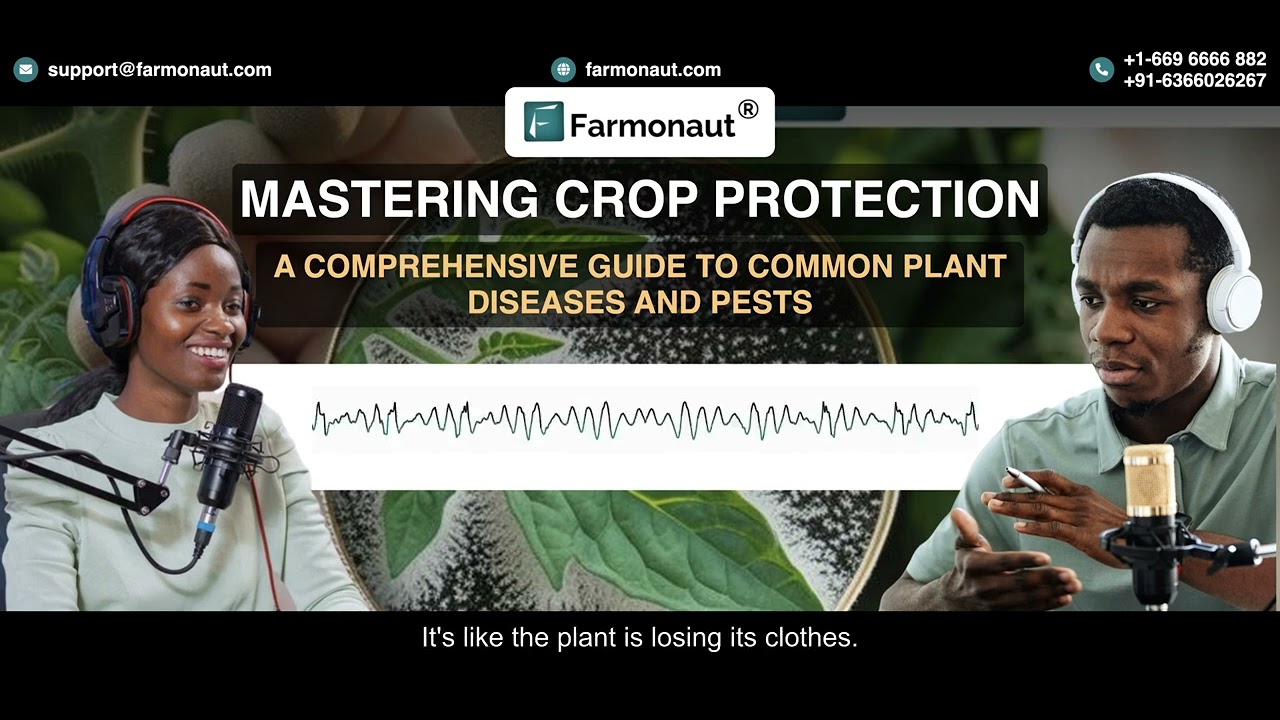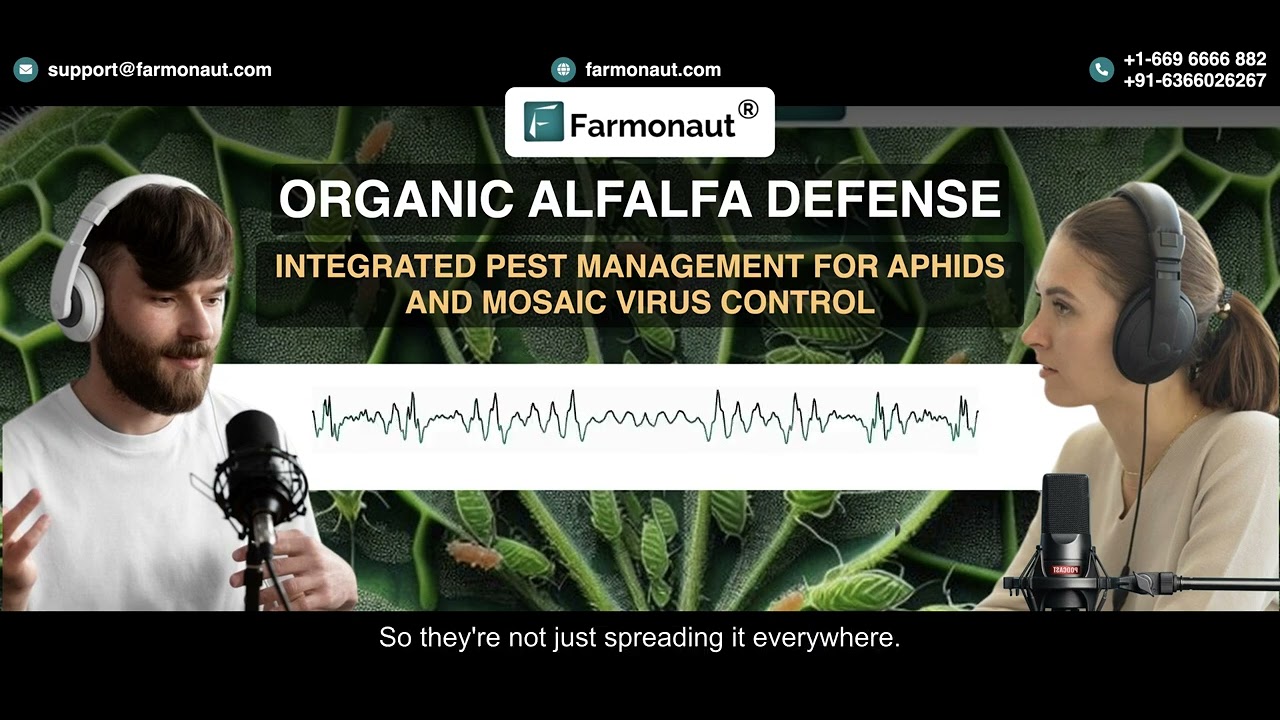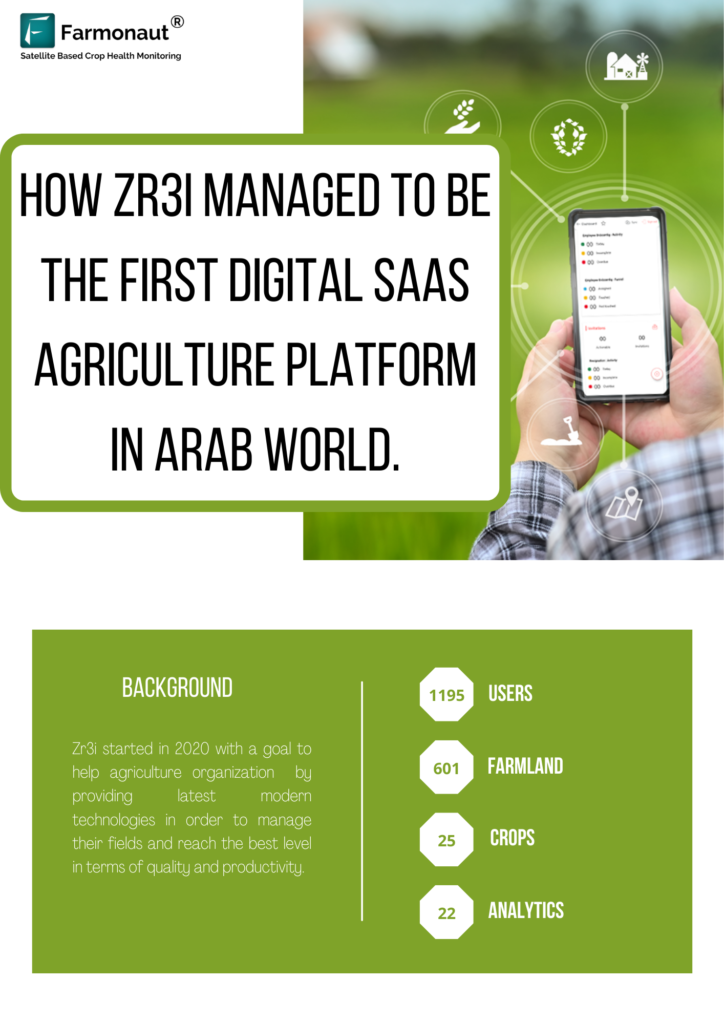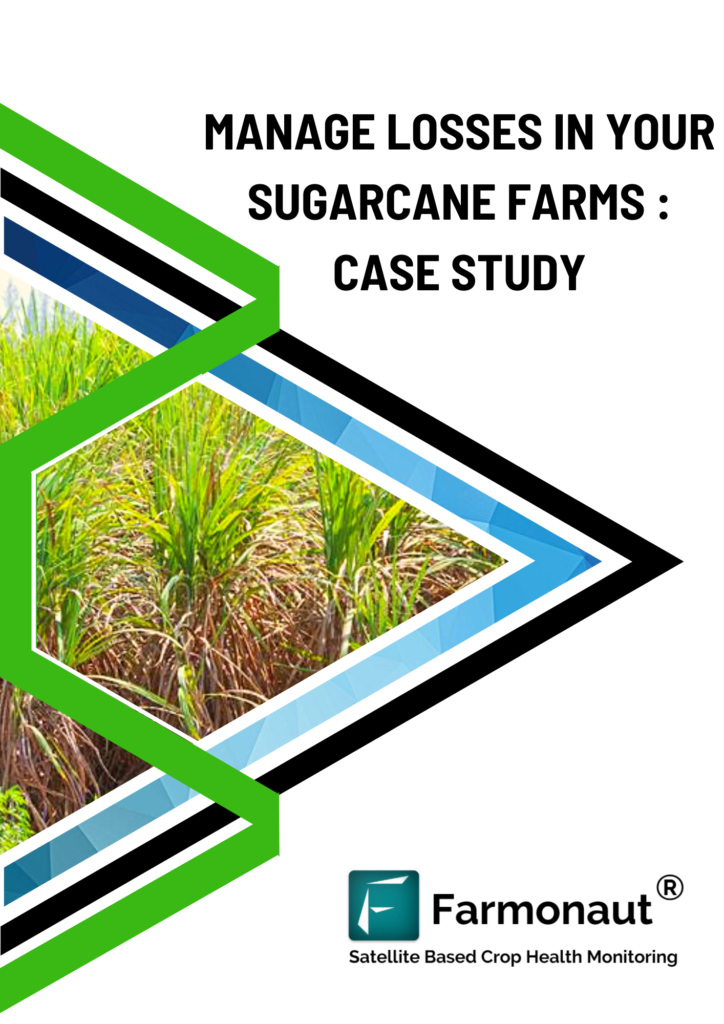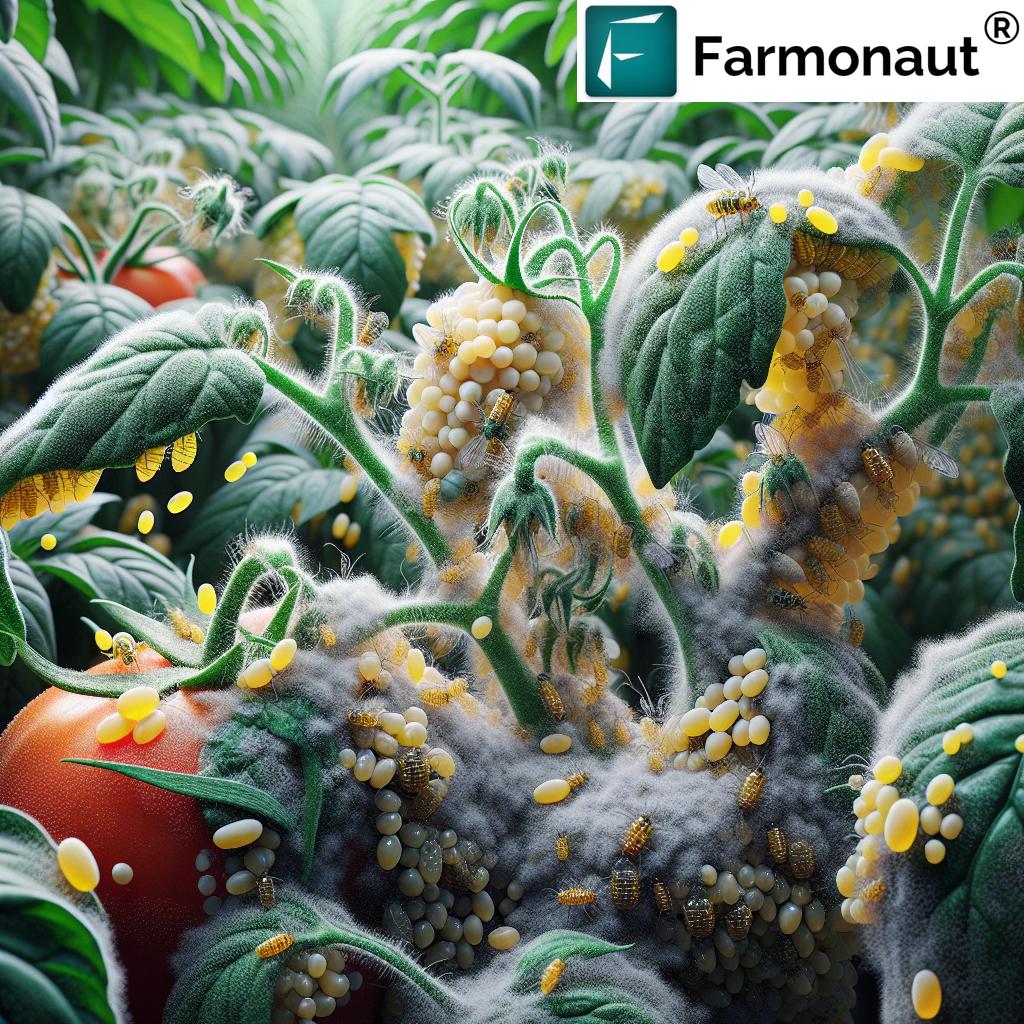How Crop Rotation Improves Soil Health & IPM: Unlocking Sustainable Farming Benefits in 2025
Focus Keyword: Crop rotation and soil health
Meta Description: Discover how crop rotation and soil health practices enhance sustainable farming, nutrient cycling, and effective IPM for 2025 and beyond.
Introduction: The Paramount Role of Crop Rotation in Sustainable Agriculture
In contemporary agriculture, the need for sustainable farming practices is more urgent than ever as we strive to meet escalating food demand while conserving natural resources. Crop rotation and soil health have become central to this mission, offering a robust solution to challenges such as soil degradation, persistent pest populations, and diminishing soil fertility. Among modern agricultural systems, the practice of alternating crops on the same field across seasons or years—rather than the continuous planting of a single crop or family—stands as both an art and science, critically relevant for 2025 and beyond.
But how does crop rotation improve soil health, and how does it align with the integrated pest management (IPM) approach? This comprehensive guide will explain how crop rotation aids in soil health & IPM, drawing from latest scientific research and real-world strategies—equipping farmers, agricultural professionals, and environmental stewards with the knowledge for truly effective sustainable management.
How Crop Rotation Improves Soil Health: From Soil Structure to Microbial Diversity
Crop rotation and soil health are inextricably linked. Rotation involves systematically alternating different types of crops on a particular field over a series of seasons or years. This practice is designed to prevent the cultivation of the same crop year after year—a process that depletes specific soil nutrients, encourages the build-up of pests and disease cycles, and leads to declining microbial diversity.
Key Principle: Crop Rotations Break Monotony—Supporting Balanced Soil Ecology
- Different crops have different nutrient requirements and root architectures, creating distinct effects on soil health parameters.
- Legumes like beans and peas fix atmospheric nitrogen via symbiotic bacteria in root nodules, enriching the soil for the following grain crops (e.g., wheat, maize) which have high nitrogen demand.
- Alternating deep-rooted plants and shallow-rooted plants accesses nutrients from different layers in the soil, optimizing nutrient cycling and reducing runoff.
- Rotations with cover crops or plants with extensive roots enhance soil porosity and replenish organic matter.
- Diversity of crops promotes a balanced microbial ecosystem, leading to higher productivity and resilience.
Key Soil Health Mechanisms Supported by Crop Rotation
1. Nutrient Management & Soil Fertility Improvement
How does crop rotation improve soil health? One of the primary mechanisms is the strategic management of nutrient cycling in agricultural systems. Each crop draws from— and contributes to—distinct nutrient pools: for example,
- Legumes (e.g., beans, peas) fix nitrogen from the atmosphere via symbiotic bacteria, leaving soils naturally richer in this critical nutrient.
- When a nitrogen-demanding crop such as wheat or maize is followed after the legume phase, it benefits from the improved soil nitrogen status—reducing the need for synthetic inputs. This beneficial cycling of nutrients continues rotation after rotation, reducing overall environmental impact.
- Rotating crops with varying root depths and nutrient uptake patterns (for instance, alternating cereals, oilseeds, root vegetables, and legumes) helps access nutrients from different soil layers—thus minimizing leaching and runoff while also preventing nutrient depletion in any given soil strata.
2. Improvement of Soil Structure & Organic Matter Content
How does crop rotation benefit soil health? Another central benefit is on soil structure (porosity, compaction, aggregation) and the organic matter profile:
- Rotating with cover crops (e.g., vetch, clover, rye), and crops with extensive root systems, impacts soil porosity and organic carbon content by:
- Reducing compaction through deeper root penetration
- Increasing aeration, water infiltration, and storage
- Building up organic matter as plant tissues decay
- Reducing erosion risks by keeping soil covered through more of the year
- Over time, these practices lead to a healthier soil structure that is more resilient to degradation and better for crop productivity.
3. Microbial Diversity & Ecosystem Balance
A diverse cropping system is essential for microbial diversity:
- Each crop type releases unique exudates from its roots, nurturing specific microbes (including fungi, bacteria, and beneficial nematodes).
- Rotations prevent the dominance of potentially pathogenic populations and instead promote beneficial microbes that contribute to nutrient cycling and disease suppression.
- This microbial richness increases system resilience, improves nutrient availability, and supports crop health all season long.
Comparative Impact Table: Crop Rotation, Soil Health & IPM
Crop Rotation as a Pillar of Integrated Pest Management (IPM)
Integrated pest management (IPM) is a holistic approach to pest control that prioritizes sustainable techniques for reducing pest populations and maintaining crop health. Here’s how crop rotation supports effective IPM in modern agriculture:
Breaking Pest & Disease Cycles
- Many insects, nematodes, and pathogenic fungi specialize in certain host crops or families.
- Continuous planting of a single crop fosters pest and disease buildup; rotating crops systematically interrupts these cycles by depriving pests of their preferred hosts.
- This natural cycle break results in dramatically lowered pest populations, especially over multi-year rotations.
Reducing Reliance on Chemical Controls
- Systematic rotation leads to reduced chemical pesticide use, decreasing risk of resistant pest populations and environmental contamination.
- Crop rotation supports other IPM techniques (biological controls, physical barriers, resistant varieties) making holistic management more feasible and affordable.
Enhancing Beneficial Insects and Biodiversity
- Integrating cover crops and multi-species rotations provides habitat for beneficial insects (parasitoids, predators, pollinators) that help control pests naturally.
- Sustained diversity in cropping systems supports a richer on-farm ecosystem with higher overall resilience.
IPM in Practice: Example Rotational Strategies
- Alternating Solanaceae (tomato, potato, peppers) with non-host crops disrupts the life cycle of pathogens and pest species like Colorado potato beetle, blights, and nematodes.
- Rotating small grains with broadleaves and cover crops can suppress cereal root maggots, wireworm, Rhizoctonia, and fusarium wilt.
Environmental & Economic Benefits of Crop Rotation in 2025
A strong rotation strategy provides both environmental and on-farm economic benefits:
- Soil Conservation: Rotation sharply reduces soil erosion, preserving valuable organic matter and structure for generations. As reported in our trivia above, some rotation schemes reduce erosion by up to 50%.
- Reduced Input Costs: By optimizing nutrient cycling and supporting pest suppression, farmers can reduce reliance on synthetic fertilizers and pesticides, cutting both costs and greenhouse gas emissions.
- Enhanced Crop Resilience: Soil systems with higher organic matter and microbial diversity improve resilience to drought, heat, and pest outbreaks—a must-have as climate variability increases in 2025 and beyond.
- Boosted Long-Term Yields: Crop rotation promotes higher and more stable yields year over year, supporting food security and profitability.
Examples of Crop Rotation Schemes in Modern Agriculture
Simple Two-Crop Rotations
- Corn–Soybean: A staple in North American agriculture. Corn depletes more nitrogen, while soybeans replenish it through N-fixation.
- Rice–Pulse: Common in Asian rotations. Pulses (lentils, chickpeas) fix nitrogen, improving soil for the subsequent rice cycle.
Three+ Crop Rotations for Higher Impact
- Corn–Soybean–Wheat: Integrates a cereal, oilseed/legume, and small grain—balancing pest, disease, and nutrient cycles.
- Vegetable Rotations: Alternating root crops (carrots, beets), solanaceous crops, and leafy greens, breaking up pest/disease complexes.
Integrating Cover Crops and Green Manures
- Legume cover crops (vetch, clover) between main crops fix nitrogen and add organic matter.
- Non-legume covers (rye, oats, mustard) suppress weeds, reduce disease, and build structure.
Technological Innovations & The Future of Crop Rotation in 2025 & Beyond
As agriculture enters a new era, digital tools and satellite monitoring (like those offered by us at Farmonaut) are revolutionizing rotation management:
- AI-Driven Crop Planning: Advanced software can now analyze soil health data, rotation history, pest risk maps, and nutrient profiles to design optimal sequences tailored to each field’s unique needs.
- Satellite Imagery & Remote Sensing: Real-time detection of issues (soil degradation, compaction, low organic matter) via NDVI and other indices, supporting proactive, site-specific management.
- Blockchain Traceability: Assurance that products are grown in sustainable, rotated systems, boosting market confidence and traceability.
- Integration with Precision Inputs: Linking rotation maps with variable-rate fertilizer and pesticide applications optimizes both input efficiency and environmental outcomes.
Integrate Farmonaut’s powerful Satellite Data API into your own solutions for soil and crop management, crop rotation planning, IPM, and more.
Explore Farmonaut’s API Developer Docs for building next-generation digital agriculture tools on top of our robust satellite platform.
How We at Farmonaut Support Crop Rotation, Soil Health & IPM with Satellite Technology
At Farmonaut, we are dedicated to advancing sustainable practices by harnessing the power of satellite technology, AI, blockchain, and data analytics for soil and crop health monitoring. Here’s how our solutions empower smarter, resilient, and more effective crop rotation and IPM implementation:
- Satellite-Based Crop and Soil Monitoring: Our platform provides real-time updates on vegetation health, organic matter content, compaction, and erosion risks, guiding timely crop rotation decisions.
- AI-Powered Advisory: With our Jeevn AI, farmers receive actionable rotation, fertilizer, and IPM recommendations tailored to their field conditions, pest pressures, and evolving climate scenarios.
- Blockchain Traceability: We offer end-to-end tracking of sustainable rotations—critical for certification and compliance markets seeking proof of best practices.
- Resource & Fleet Management: Our tools help optimize input use, logistics, and equipment deployment for smooth and sustainable rotation transitions.
- Environmental Impact Tracking: Monitor and reduce your farm’s carbon footprint, ensuring every rotation step aligns with global environmental standards.
Our goal is to democratize cutting-edge space technology for all scales of agriculture, enabling farmers, businesses, and governments to boost soil health, improve IPM outcomes, and strengthen food system resilience for 2025 and beyond.
Frequently Asked Questions (FAQ) on Crop Rotation, Soil Health & IPM
-
Q: Explain how crop rotation aids in soil health & IPM?
A: Crop rotation interrupts the cycles of pests and diseases, optimizes nutrient cycling, enhances soil structure and organic matter, and fosters microbial diversity. Through these actions, it strengthens soil health and supports integrated pest management (IPM), naturally reducing the burden of chemical inputs and fostering sustainable crop production systems. -
Q: How does crop rotation improve soil health?
A: By alternating crops with different nutrient demands and root structures, rotation replenishes soil nutrients, builds organic matter, reduces compaction, enhances soil porosity, and increases beneficial soil microbes—making soil more productive and resilient over time. -
Q: What is the role of cover crops in a rotational system?
A: Cover crops suppress weeds, protect against erosion, fix atmospheric nitrogen (in the case of legumes), and add organic matter when incorporated back into the soil, further sustaining soil health and IPM strategies. -
Q: How does crop rotation contribute to environmental sustainability?
A: Rotation reduces soil erosion, builds soil carbon, lowers chemical input reliance (thus reducing water and air pollution), and increases system biodiversity—crucial for long-term climate resilience and resource protection. -
Q: Can technology help optimize crop rotation planning?
A: Absolutely! Satellite imagery, soil sensors, and AI analytics—all available via platforms like Farmonaut—provide the data-driven insights necessary for precision rotation scheduling and monitoring, maximizing benefits to soil health and IPM.
Conclusion: Crop Rotation Remains Paramount For Soil Health and Sustainable IPM in 2025
Crop rotation is more than a basic agricultural technique—it is the foundation for sustainable farming systems ready to meet the challenges of increasing food demand and environmental sustainability in 2025 and beyond. By systematically alternating crops, farmers build soil health, foster resilience to climate and pest pressures, and reduce the dependence on synthetic inputs.
With emerging technologies like satellite monitoring, AI-driven decision support, and blockchain traceability (as provided by us at Farmonaut), the benefits of crop rotation and soil health practices are now more measurable, accessible, and impactful than ever before. Embracing these strategies ensures productive, profitable, and environmentally responsible agriculture for current and future generations.









